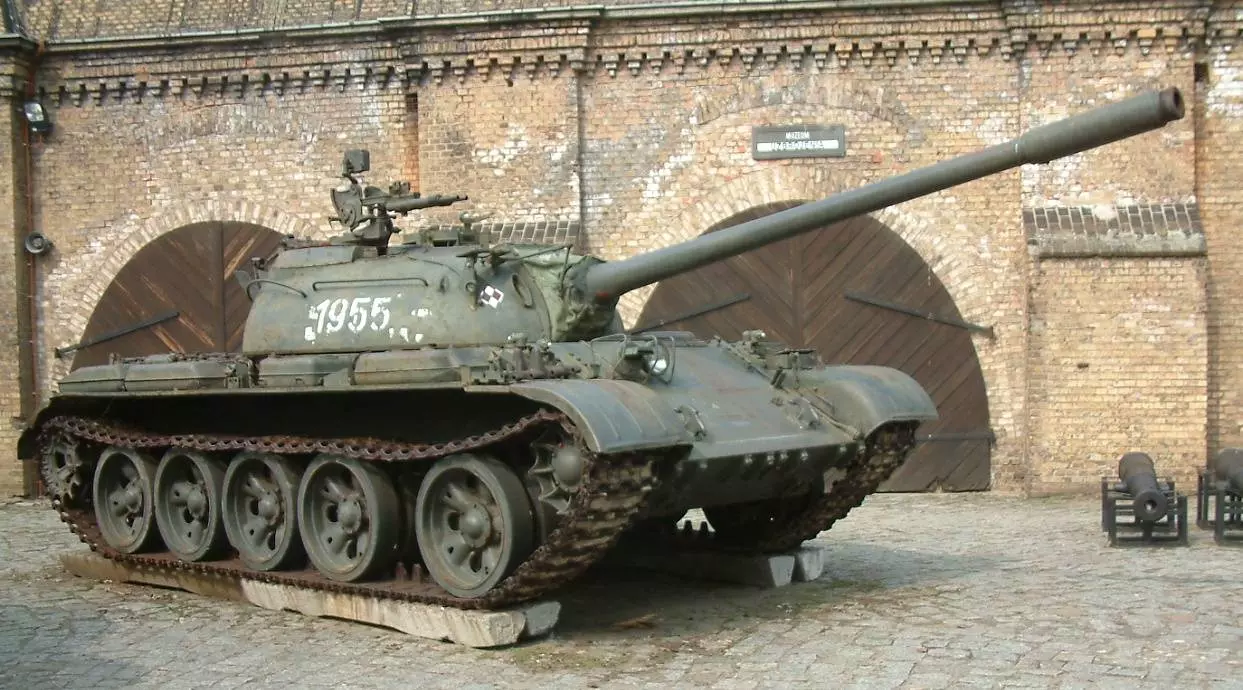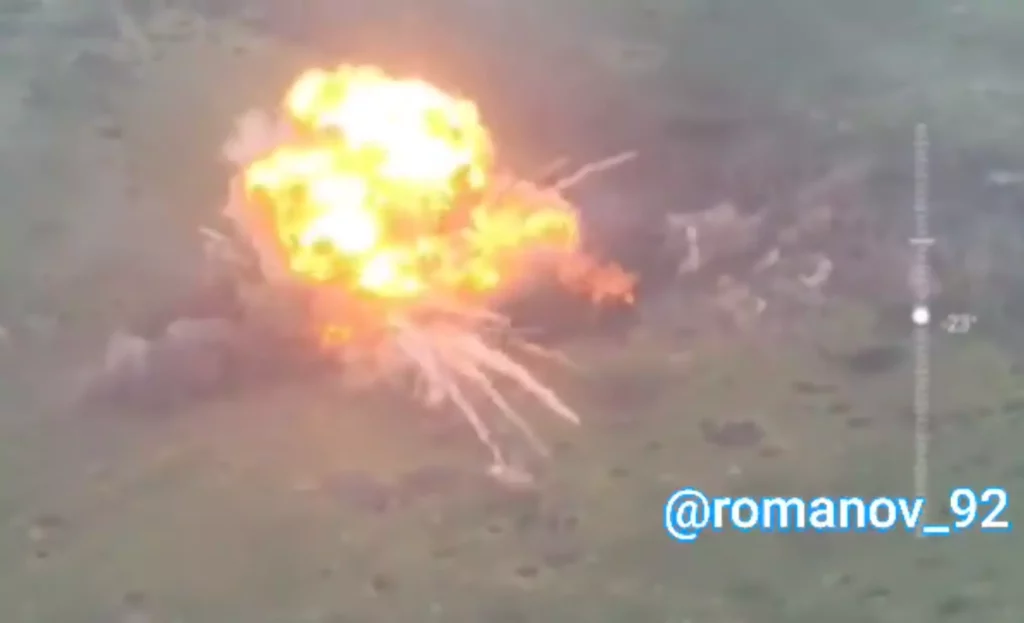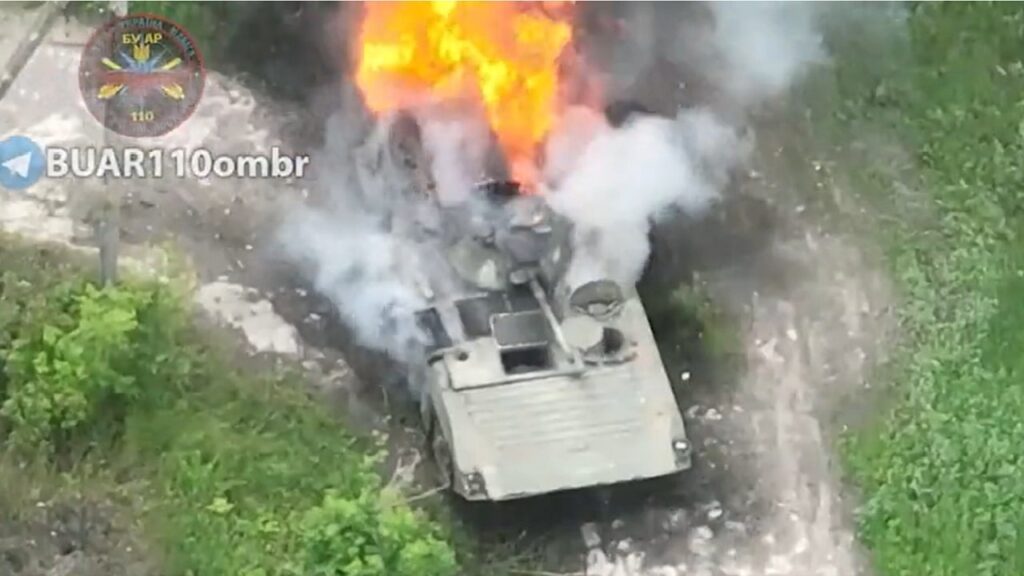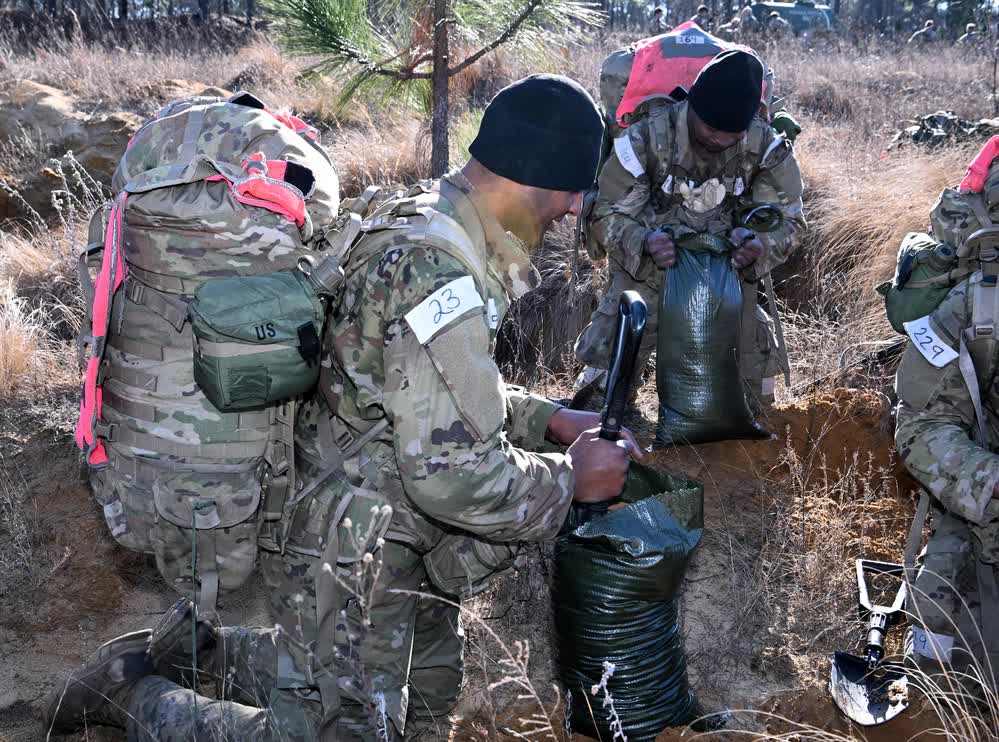The Ukrainian counteroffensive continues for a third week, and the Russian military continues to put up a skillful defense. The Russian forces are using a combination of minefields, anti-tank obstacles, drones, artillery, strongpoints, trenches, and air attacks to stall the Ukrainians.
On their end, the Ukrainian forces are throwing at this maze of fortifications elite formations armed with advanced Western weapon systems like the Leopard 2 main battle tank and the M2 Bradley infantry fighting vehicle. Ukraine has made some progress, though at a slow pace for the time being.
The Russian military is trying to stop the advancing Ukrainians at every cost. The Kremlin has been deploying fighter jets and attack helicopters in hazardous daytime missions and has also been taking the risk of relocating forces from other parts of the battlefield to places where its defensive line has suffered casualties.
But to stall the Ukrainian counteroffensive, the Russian forces have also been using some rather unconventional methods. What’s worse for Moscow, these methods come straight out of a terrorist group’s playbook.
Related: How will the war in Ukraine end and what about Crimea?
From tank to Vehicle Borne Improvised Explosive Device

Over the weekend, the Russian forces unleashed a remotely controlled T-54/55 main battle tank packed with TNT toward the Ukrainian positions near Marinka, in the Donetsk Oblast.
The obsolete Russian tank was carrying six tonnes of TNT and it had one simple mission: obliterate the Ukrainian units in the area.
Starting from the Russian lines, the remote bomb moved through the no man’s land that separates the two sides. The Ukrainians were likely puzzled by the lone obsolete tank charging their way without any artillery or mechanized infantry support. As the Russian armor crossed the shell-ridden battlefield, the Ukrainians probably grew suspicious.
Finally, at about 100 meters from the Ukrainian trenches, the deadly tank struck an anti-tank mine and got incapacitated before a Ukrainian soldier created one of the largest fireballs in the world with a well-placed anti-tank missile hit. The following video shows it all.
#Ukraine The Russian Army sent a T-54/55 VBIED filled with 6 tonnes of TNT at AFU lines near Marinka, Donetsk Oblast.
— Cᴀʟɪʙʀᴇ Oʙsᴄᴜʀᴀ (@CalibreObscura) June 18, 2023
The attempt failed as the remotely-controlled bomb ran into a mine 100m from the front line, and was then hit by a Ukrainian RPG shot, causing a huge explosion. pic.twitter.com/sXXI57wV7v
Even though the Ukrainians managed to destroy the T-54/55 tank before it reached their lines, six tonnes of TNT detonating about one football field away is no fun. The Ukrainian trenches certainly absorbed most of the blast, but still, the Ukrainian troops in the area got a good shake.
The technique of packing a vehicle with explosives and sending it speeding toward an adversary is called Vehicle Borne Improvised Explosive Device, or VBIED. Although VBIEDs are not new in warfare, they really came of age during the Global War on Terror and particularly in Iraq and Syria. Several terrorist groups, including al-Qaida in Iraq (AQI) and the so-called Islamic State of Iraq and Syria (ISIS), used VBIEDs to attack U.S. and Coalition forces.
Related: US sends F-22s to Middle East to deter aggressive Russian pilots
A pattern emerges
This isn’t the first time the Russians use a VBIED.
Back in February, the Russian forces packed an MT-LB amphibious armored vehicle with mine-clearing explosive charges and three 300-lb air bombs and sent it against the Ukrainian frontline near Svatove, in eastern Ukraine. That attack was also unsuccessful, and the Ukrainian forces captured the remotely controlled bomb.
In these attacks, the Russian forces have been using obsolete weapon systems like the T-54/55 tank and MT-LB amphibious armored vehicle that date from the 1950s. More than 17 months of war has taken a heavy toll on the Russian military, forcing Moscow to take antiquated weapons out of the mothball and deploy them in a 21st-century battlefield. Expectedly, these weapon systems haven’t performed well.
As the Ukrainian counteroffensive continues to get closer to the main Russian defensive line, the Russian forces will likely increase their use of extraordinary methods to stop the advancing Ukrainians.
Feature Image: The Russian T-54/T-55 suicide tank detonates after being hit by a Ukrainian RPG. (Twitter/Calibre Obscura)
Read more from Sandboxx News
- Why did Colt produce the M5 family of rifles?
- Today’s Artificial Intelligence isn’t quite what you think (but it’s still crazy)
- With an eye to Russia, US sends 100 aircraft for NATO’s biggest air exercise ever
- The M45 Quadmount – The Krautmower weapon with the devastating power
- America’s massive military advantage nobody talks about: 500+ Refueling Aircraft




